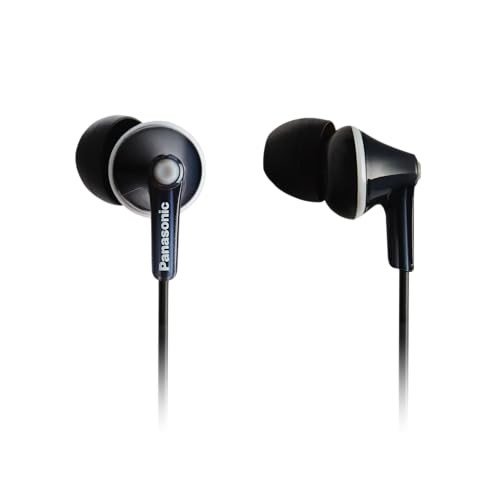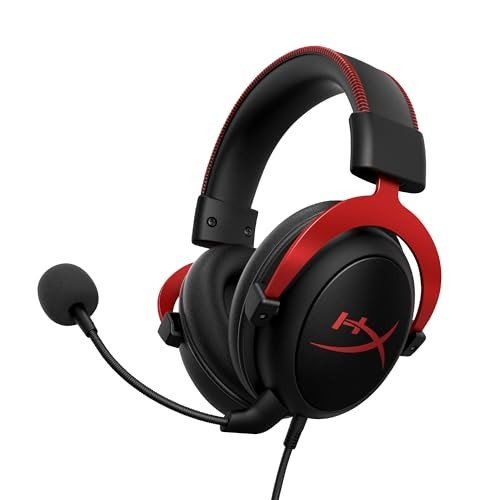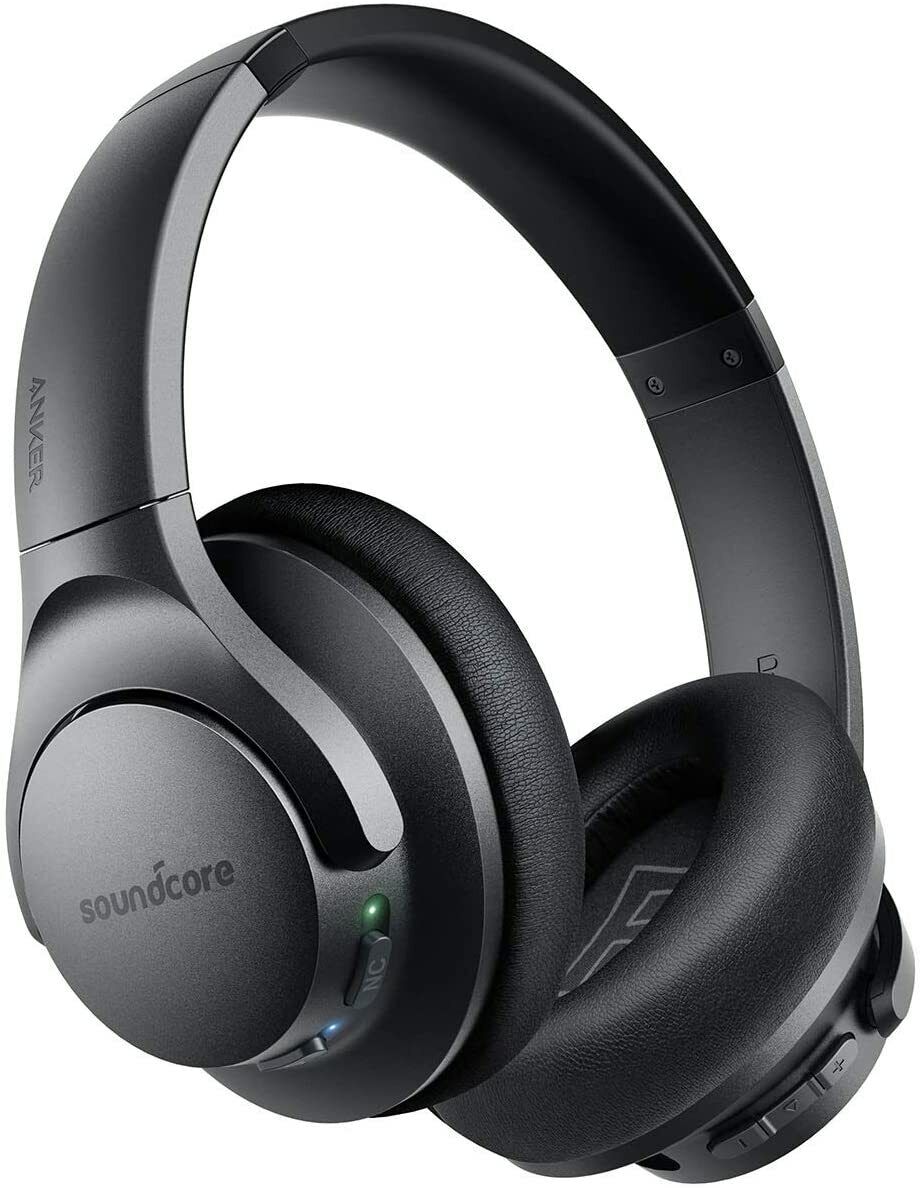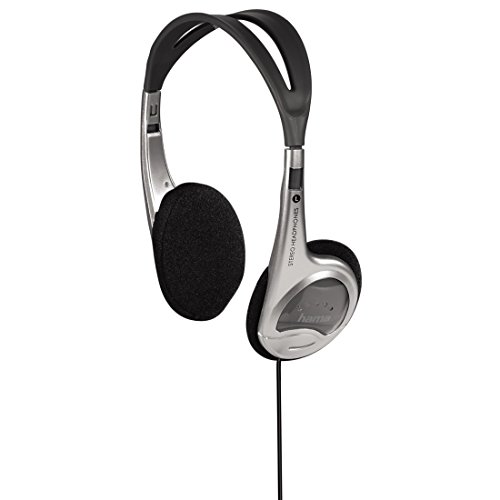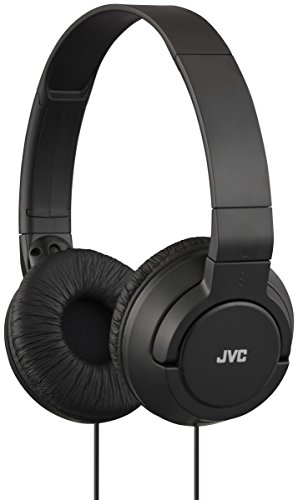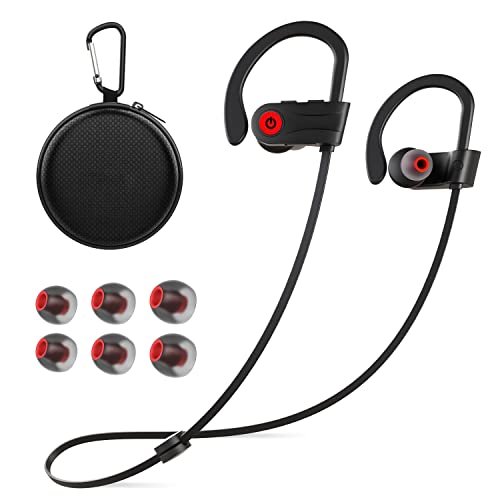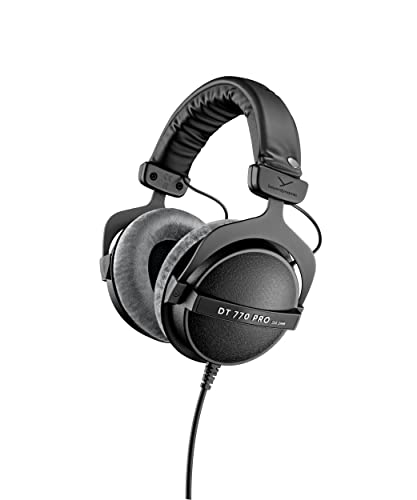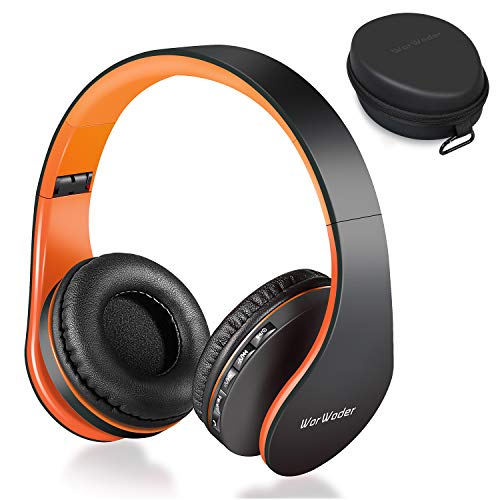Finding the right headphones can totally change how you enjoy music, movies, or anything in between. With so many styles and features out there, it can feel overwhelming, but we’ve got you covered. Whether you're into bass-heavy beats, noise-canceling magic, or comfy all-day wear, there’s something perfect waiting for you!
Discover Your Ideal Headphones Today!
Discover the sound you’ve been missing and enjoy every beat with comfort and style
Product List
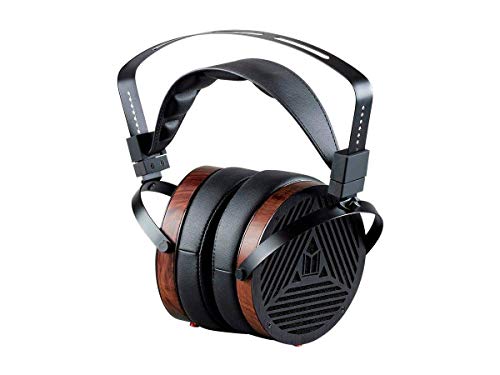
Monoprice M1060 Hi-Fi Headphones
Monolith
Product Review Score
4.34 out of 5 stars
80 reviews$269.99 $199.99
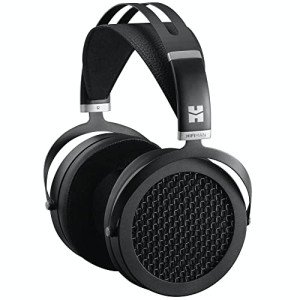
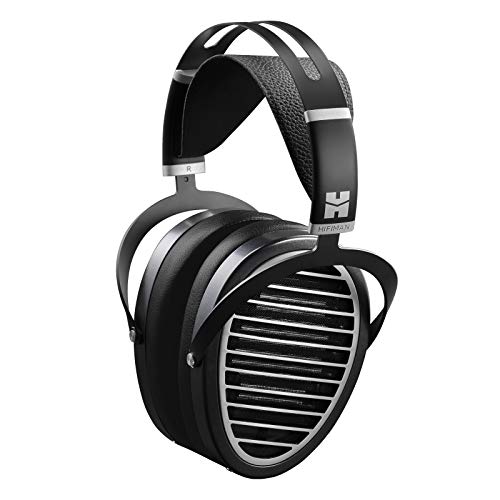
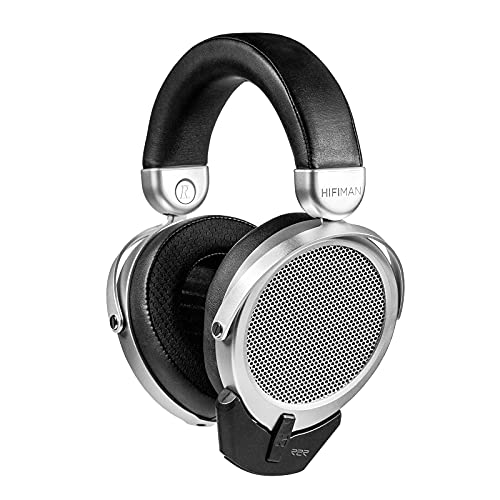
HIFIMAN Deva-Pro Wireless Headphones
Hifiman
Product Review Score
4.34 out of 5 stars
163 reviews$212.68

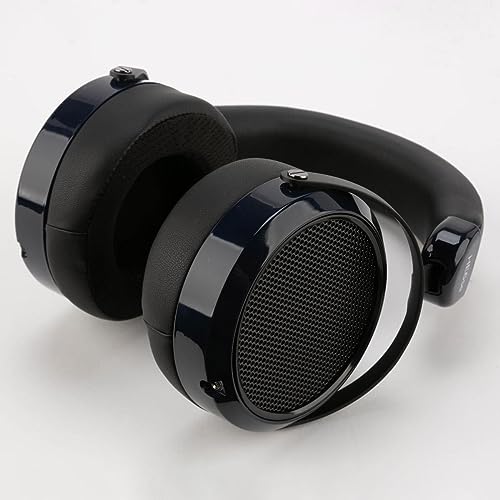
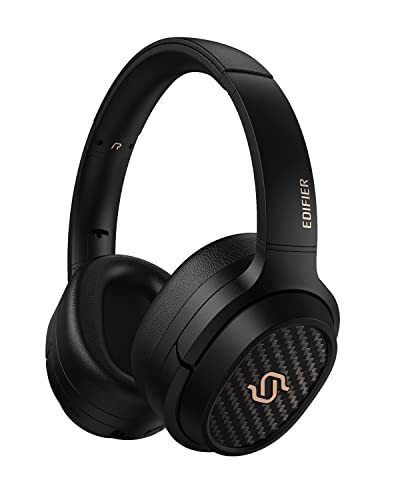
Edifier Spirit S3 Wireless Headphones
Edifier
Product Review Score
4.2 out of 5 stars
26 reviews$348.00
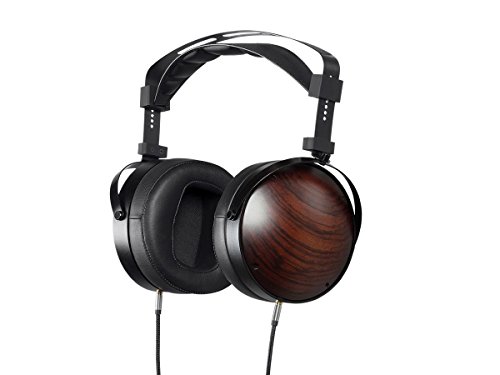
Monoprice M1060C HiFi Headphones
Monolith
Product Review Score
4.37 out of 5 stars
107 reviews$299.99 $249.99
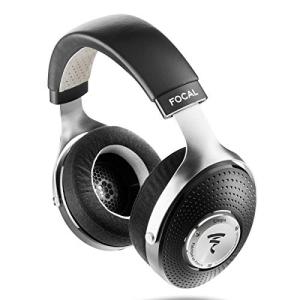

HiFiMAN Arya Magnetic Headphones
Hifiman
Product Review Score
4.83 out of 5 stars
199 reviews$649.00 $599.00
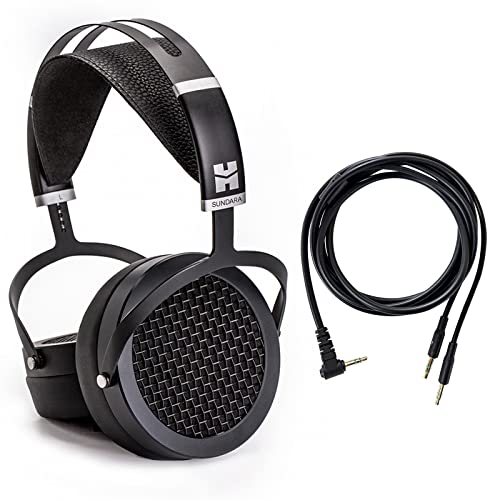
HIFIMAN Sundara Planar Headphones
Hifiman
Product Review Score
4.24 out of 5 stars
18 reviews$279.00

Headphones have become an indispensable part of modern life, enhancing our audio experience whether we’re commuting, working, or simply enjoying some downtime. As the market expands with myriad options, it can be daunting to choose the right pair. This comprehensive guide delves into the various types of headphones, key features to consider, and answers to frequently asked questions.
Understanding Headphone Types
When selecting headphones, the first step is understanding the different types available. Each type serves different needs and has unique characteristics. Below is a categorized list:
| Headphone Type | Description | Pros | Cons |
|---|---|---|---|
| Over-Ear | Envelops the ears for full immersion; suitable for home listening. | Excellent sound quality; comfortable for long wear; great noise isolation. | Bulky; less portable. |
| On-Ear | Sits on top of the ears; offers a balance between portability and sound quality. | Lightweight; portable; good sound quality. | Can be uncomfortable over extended periods; less noise isolation. |
| In-Ear (Earbuds) | Fits directly into the ear canal; ideal for on-the-go use. | Highly portable; good noise isolation; varies in sound quality. | Can be uncomfortable; some may fall out easily. |
| Wireless | Connects via Bluetooth, eliminating wires for added convenience. | Tangle-free; more freedom of movement; often features touch controls. | Battery-dependent; generally higher cost. |
| Noise-Canceling | Uses advanced technology to block external sounds; available in over-ear or in-ear forms. | Ideal for travel; immersive listening experience; reduces background noise effectively. | Higher price point; may require batteries. |
| Sports | Designed for active use; often sweat-resistant and secure-fitting. | Durable; secure fit; often includes additional features like heart rate monitoring. | Sound quality may vary compared to traditional headphones. |
Key Features to Consider
Choosing the right pair of headphones involves assessing various features that cater to specific needs. The following table outlines critical features to consider:
| Feature | Explanation | Importance |
|---|---|---|
| Sound Quality | Determines how rich and balanced the audio is. | Essential for music lovers and audiophiles. |
| Comfort | Involves padding, weight, and fit; crucial for long listening sessions. | Important for users who wear headphones for extended periods. |
| Battery Life | For wireless models; indicates how long they can be used before needing a recharge. | Significant for users who need sustained use without interruption. |
| Noise Isolation | Ability to block out ambient sounds; varies by type (passive vs. active noise-canceling). | Vital for commuters and travelers seeking a peaceful audio experience. |
| Durability | Construction materials and design dictate longevity and resistance to wear and tear. | Crucial for users intending to use headphones in active situations. |
| Additional Features | Extras such as built-in microphones, touch controls, and voice assistant compatibility. | Enhances convenience and functionality. |
Comparison of Popular Headphone Models
To assist in making an informed choice, here’s a comparison of some leading headphone models across different types, based on their general reception in the market as of 2023:
| Model | Type | Price Range | Sound Quality | Battery Life | Best For |
|---|---|---|---|---|---|
| Sony WH-1000XM4 | Over-Ear | ££££ | Excellent | 30 hours | Travelers, audiophiles |
| Bose QuietComfort 35 II | Over-Ear | ££££ | Excellent | 20 hours | Noise reduction |
| Apple AirPods Pro | In-Ear | £££ | Very Good | 24 hours | Apple device users, commuters |
| Jabra Elite 75t | In-Ear | £££ | Good | 28 hours | Fitness enthusiasts |
| Sennheiser HD 598 | Over-Ear | £££ | Excellent | N/A | Home listening, audiophiles |
| Anker Soundcore Life Q20 | Over-Ear | ££ | Good | 40 hours | Budget shoppers |
The Future of Headphones
As technology advances, the headphone landscape continues to evolve. With the proliferation of features like spatial audio, voice assistants, and adaptive noise cancellation, the future holds promising innovations. Furthermore, sustainability trends are influencing manufacturers to produce eco-friendly options, including recyclable materials and energy-efficient designs.
Frequently Asked Questions (FAQs)
-
What is the difference between active and passive noise cancellation?
- Active noise cancellation (ANC) uses microphones and speakers to detect and cancel out external sounds, while passive noise cancellation relies on the physical design of the headphones to block outside noise.
-
Are expensive headphones worth it?
- It often depends on individual needs; higher-priced models typically provide better sound quality, comfort, and durability but may not be necessary for casual listeners.
-
How do I clean my headphones?
- To clean headphones, use a soft cloth to wipe down the exterior, and gently remove ear tips to clean them with a mild detergent or alcohol solution. Avoid getting moisture into any openings.
-
Can I use my headphones with multiple devices?
- Most wireless headphones can connect to multiple devices, but they may need to be manually switched between. Some models support multipoint connectivity, allowing for seamless switching.
-
What are the signs that I need to replace my headphones?
- Signs include significant audio distortion, physical damage, wire fraying (for wired models), reduced battery life (for wireless models), and discomfort during use.
Selecting the perfect pair of headphones involves understanding the different types available, key features to consider, and discerning personal needs. With informed choices, users can enhance their audio experiences significantly, whether at home, in transit, or while exercising. As technology progresses, staying updated on emerging trends will ensure that audiophiles and casual listeners alike can appreciate the best audio quality, comfort, and innovative features in their headphones.
